Media | Articles
Almost 20 years later, the LS400 is still king of cross-country luxo cruising
After more than a month of research and dozens of dead-end listings in all corners of the country, I’d found the one. My best friend Sam and I were boarding a one-way flight to Portland to bring home a 1997 Lexus LS400 finished in Diamond White Pearl with a mere 196,000 miles on the odometer. Prior to boarding, I rang our other best friend Eric who was conveniently vacationing in Portland, Oregon, at the time.
“Cancel your return flight. I bought a car and we’re driving it home. You’re in charge of snacks. We’ll see you tomorrow morning.”
The ridiculousness of the trip ahead was not lost on me. But then again, ridiculousness was the common denominator between the car and the adventure. Who said cross-country missions to claim a new ride had to be uncomfortable, in a project car shedding rust or bursting at the seams with a haphazard LS-swap? This LS400 was worth it—for its own story, the slice of ‘90s automotive genius I could call my own, and those rich leather seats.
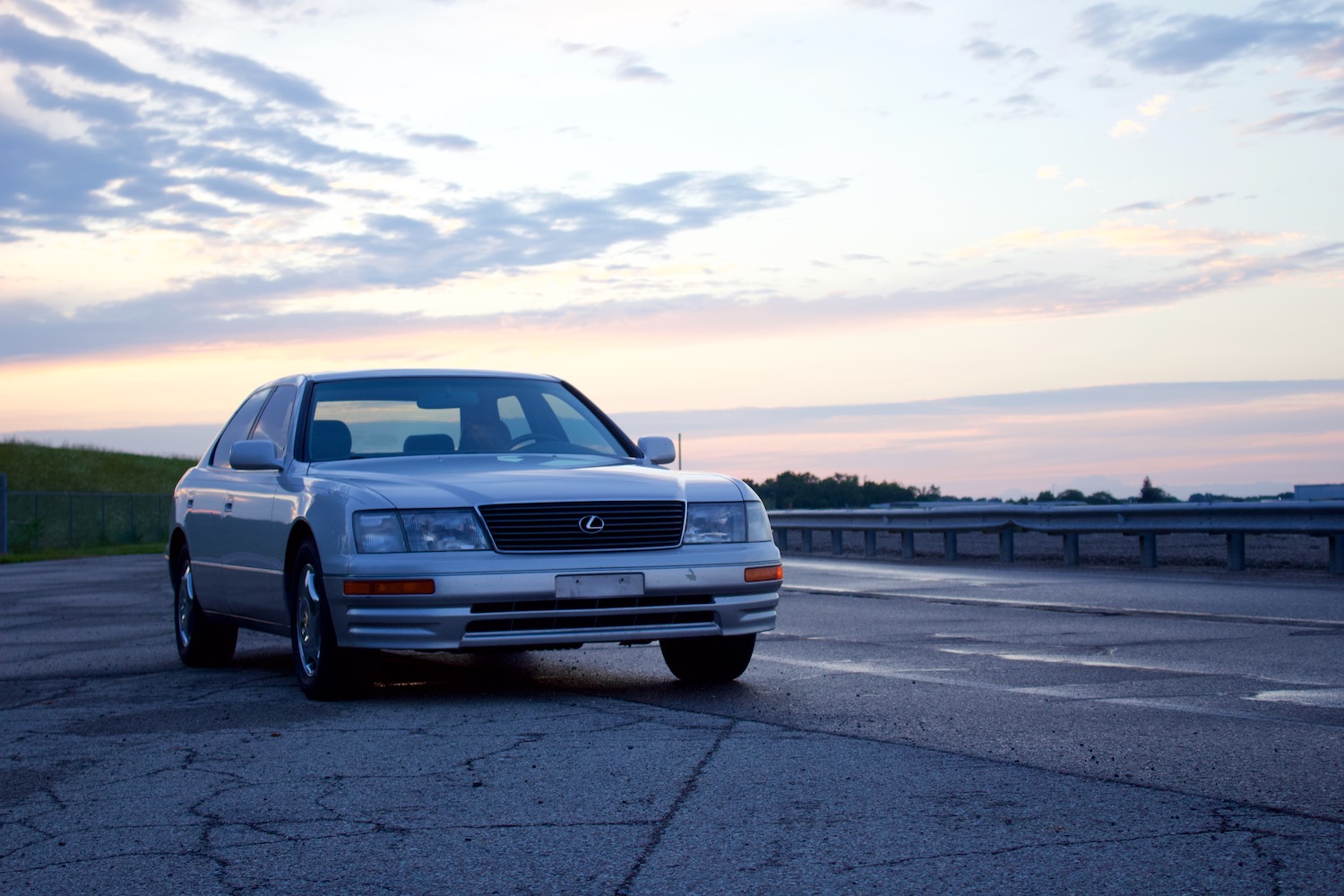
Consider: a Japanese automaker with a good but rigid reputation built on cheap, economical cars deciding to take dead-aim at the gold standard for luxury automobiles… and beating the competition soundly on its first try.
Marketplace
Buy and sell classics with confidence
When the silk was pulled from atop the Lexus LS400 at the 1989 North American International Auto Show in Detroit, established luxury marques from Europe and the States took notice—then quickly took cover. The car was the result of more than half a decade of blank-slate, cost-no-object development backed by the obsession and fervor of more than 4000 engineers and designers. Right from the get-go, the LS400 out-luxuried the established luxury players, offering markedly better reliability and better build quality for a fraction of the price.
The LS400’s segment-beating origin story had whipped me into a Craigslist- and classified-scouring frenzy. No corner of the country was too far-flung, and buying one sight unseen made me far less worried than it probably should have.
Thus, I came to land late one evening in Portland, and spent what was left of the night thinking more about that Diamond White Pearl LS400 than about sleep.
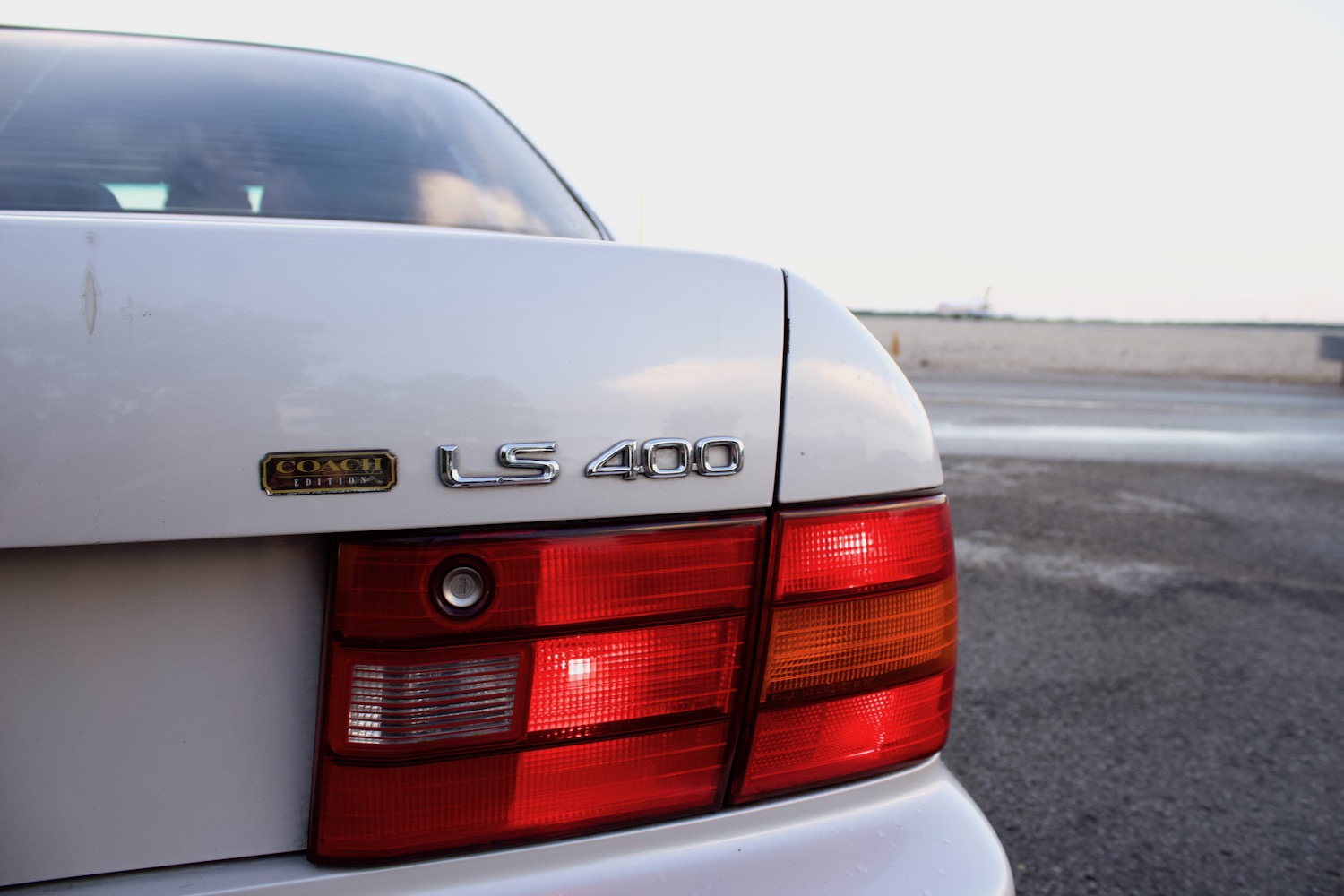
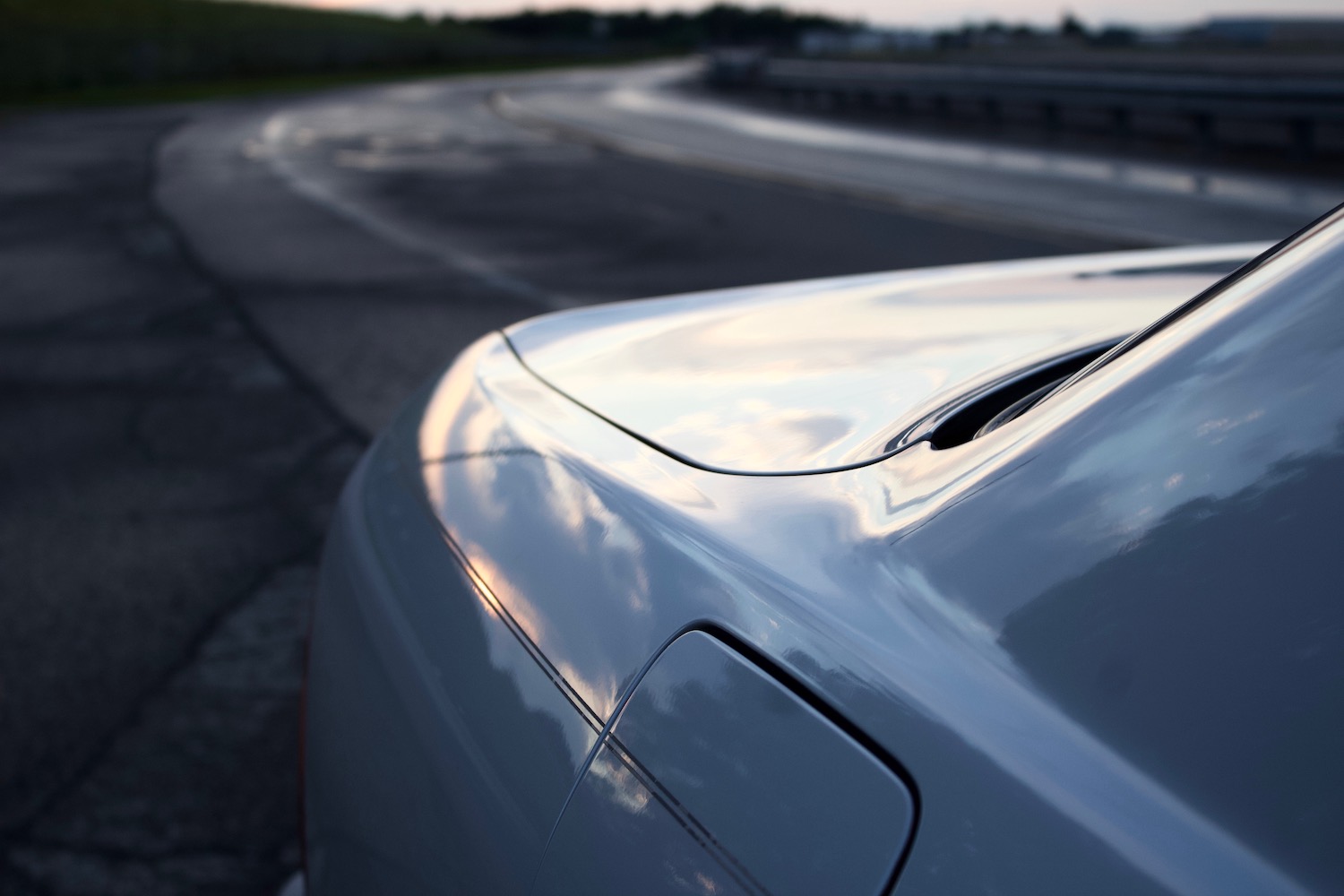
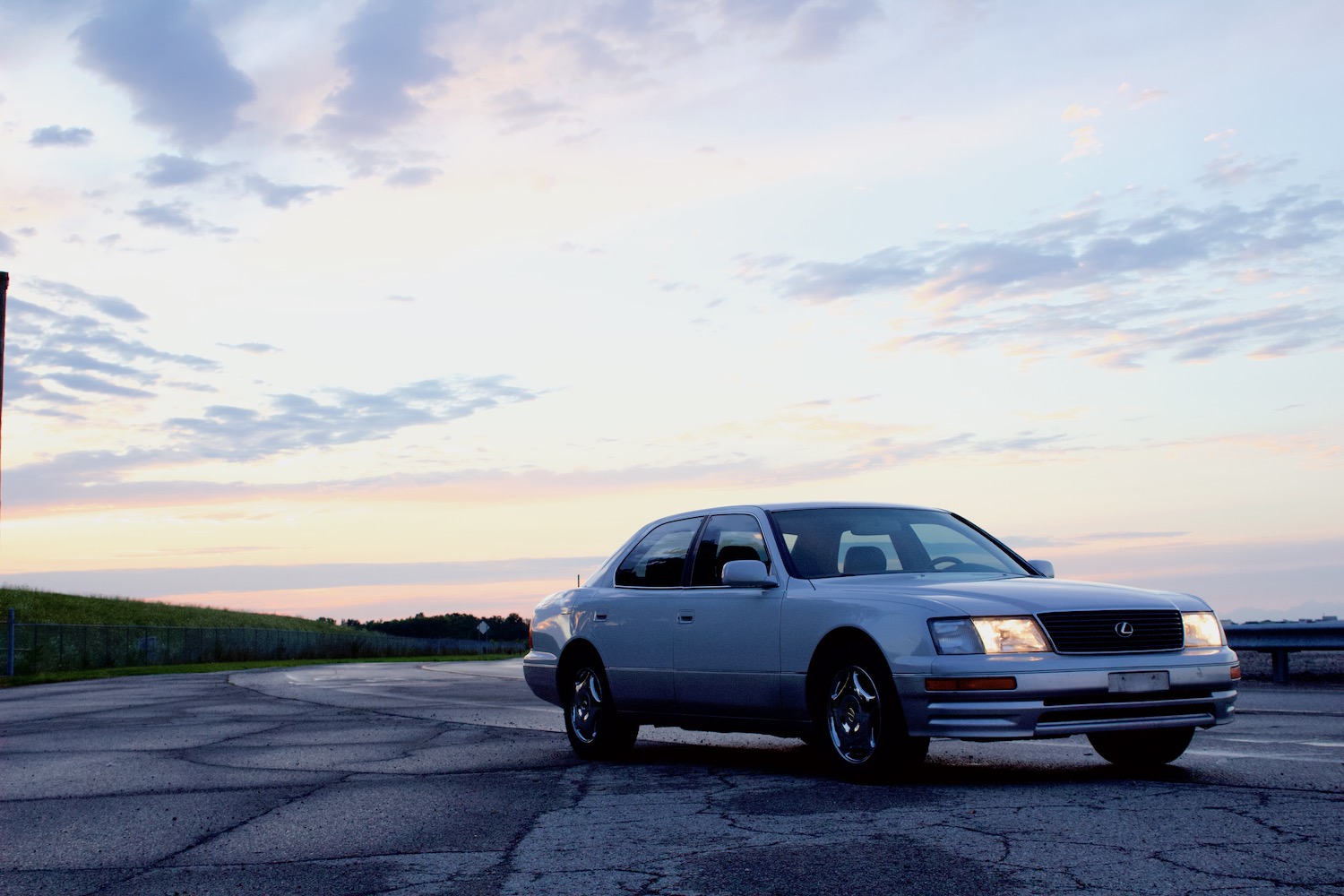
The next morning, we set out east along the Columbia River Gorge. Almost immediately, things got hairy. March in the Pacific Northwest is anything but balmy, and, as we left the city, the snow hit. Heavy, grey-white flakes marched in walls, slicking the roads and reducing visibility to a matter of feet. Despite deplorable conditions outside, the LS400 remained warm, comfortable, and quiet inside. Even the largest of our trio, standing more than 6-and-a-half feet, complimented the roominess of the back seat. Comfortably but slowly, we soldiered on.
The skies eventually relented, and safely piloting the car no longer demanded total focus. I began to look about the cabin, admiring the finely polished wood interior trim, soft grey leather, and impeccable build quality. If blindfolded, I doubt the average joe would have the slightest idea that this car was more than two decades old. We stopped in Ogden, Utah, for the night, the mighty LS having blasted 700 miles east without incident.
Day two began like the first—with heavy rain morphing to sleet, and snow as we departed Ogden and began to climb through the mountains. It was here that the LS began to show signs of age. The soft suspension that used to define luxury cars betrayed the car on these snowy canyon roads, once resulting in a terrifying spin and our near death.
After a few hours of sketchy canyon roads, we emerged onto the flat and sun-soaked plains of Wyoming. The remainder of the day was spent parallelling trains that stretched for miles, cruise control pegged well north of the posted speed limit. The LS shone with effortless luxury, and I wondered again if luxury driving actually needed anything more than what this second-generation example had to offer. We pulled into Omaha, Nebraska that night, tired but not exhausted, and the car 900 miles older but no less luxurious.
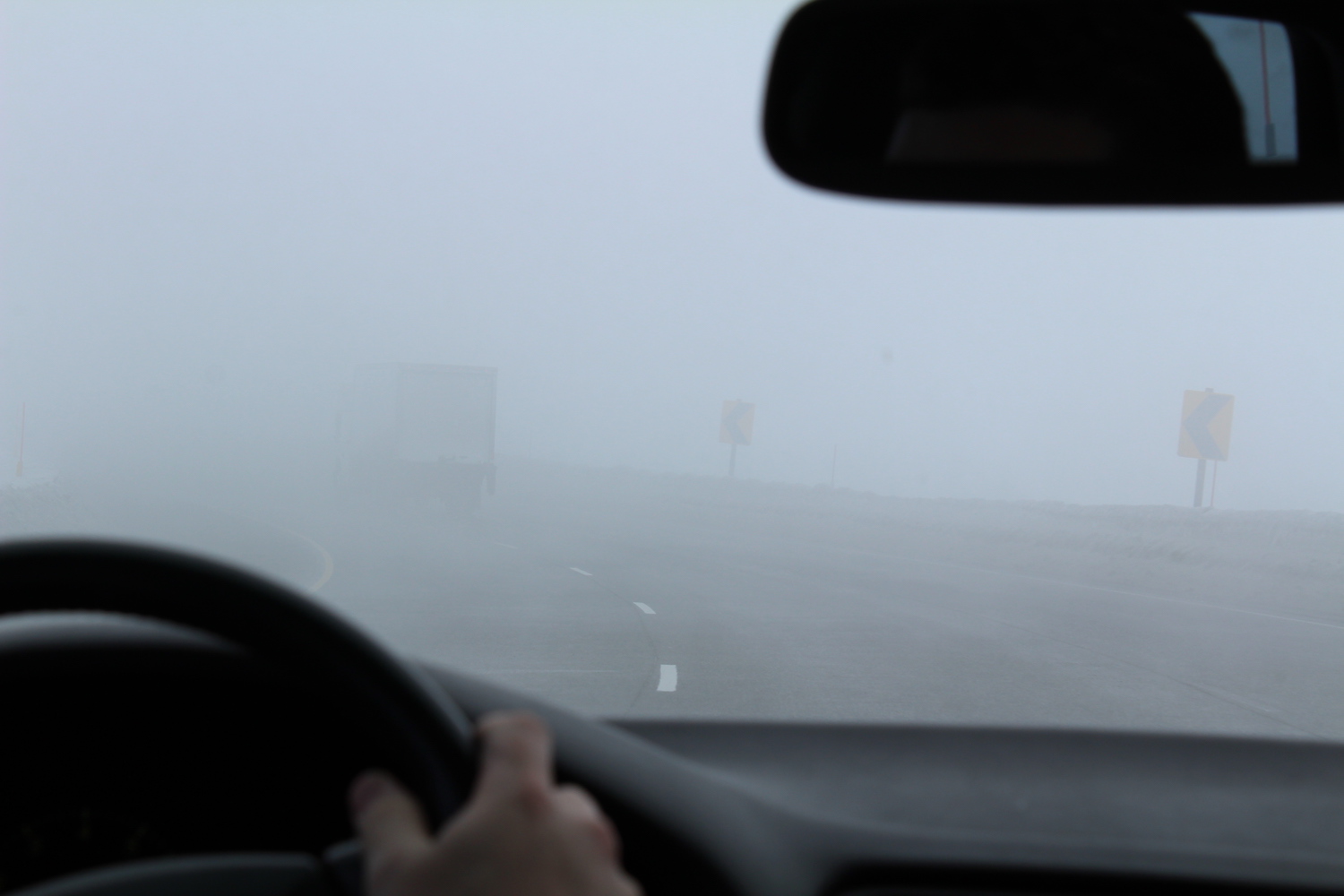
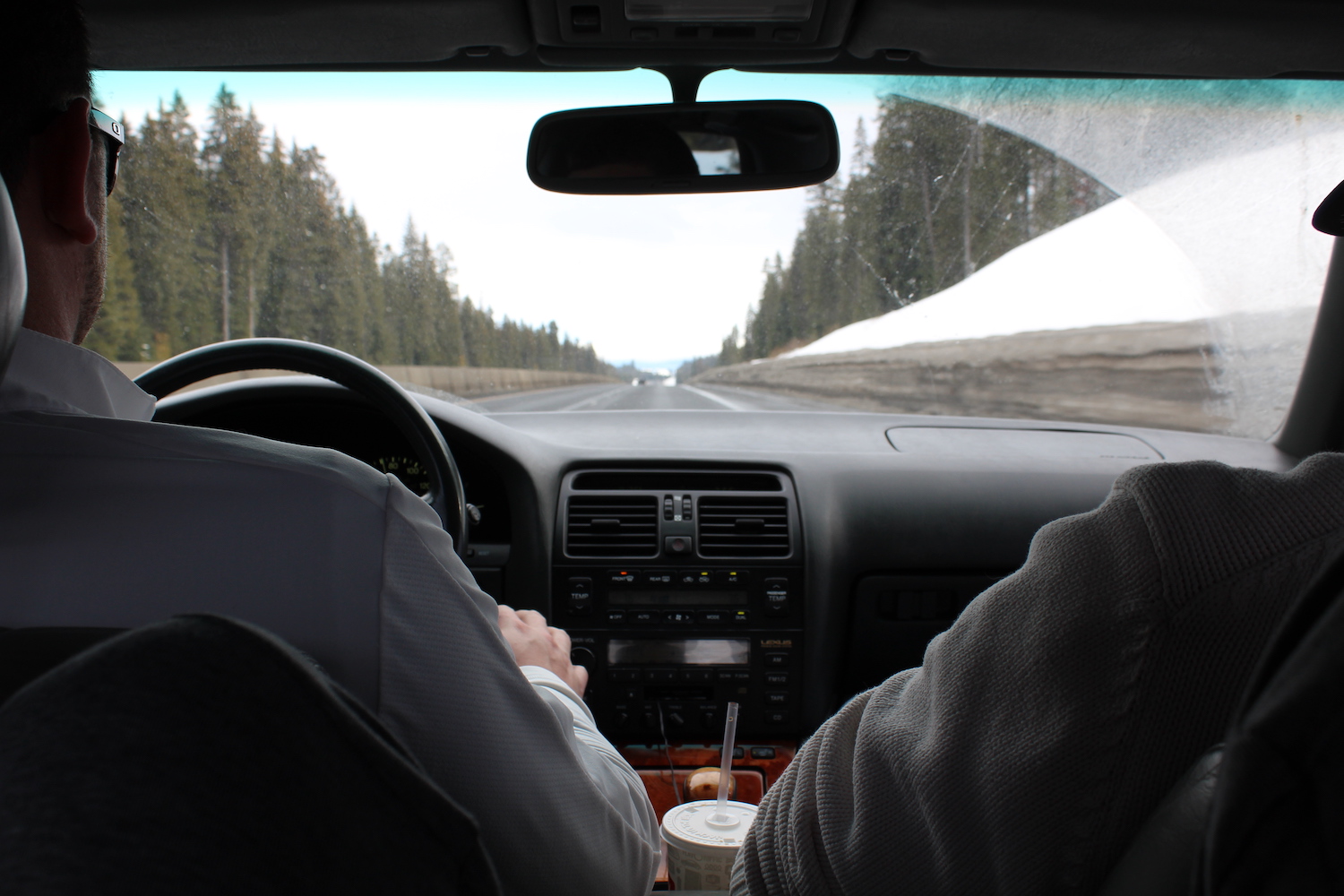
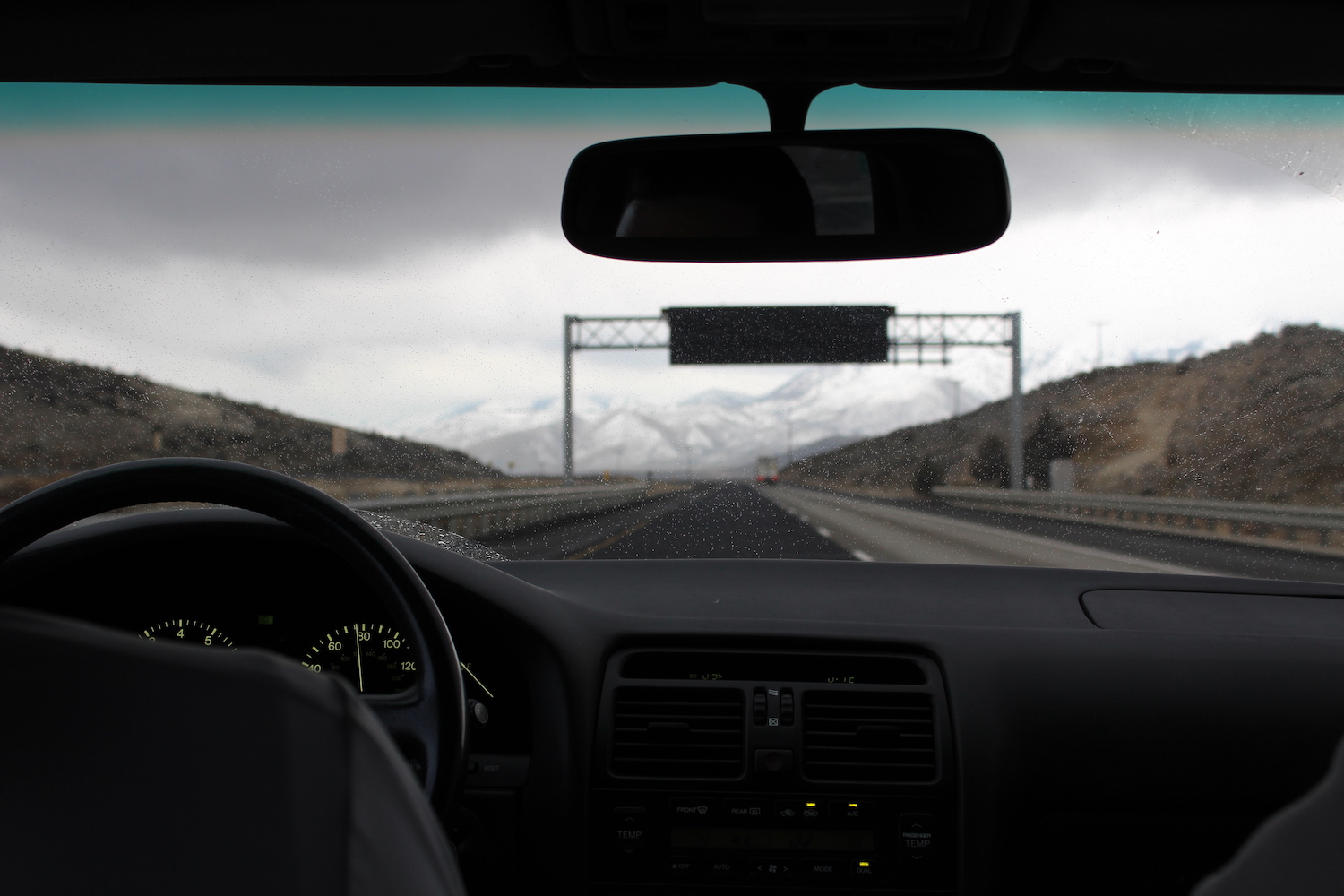
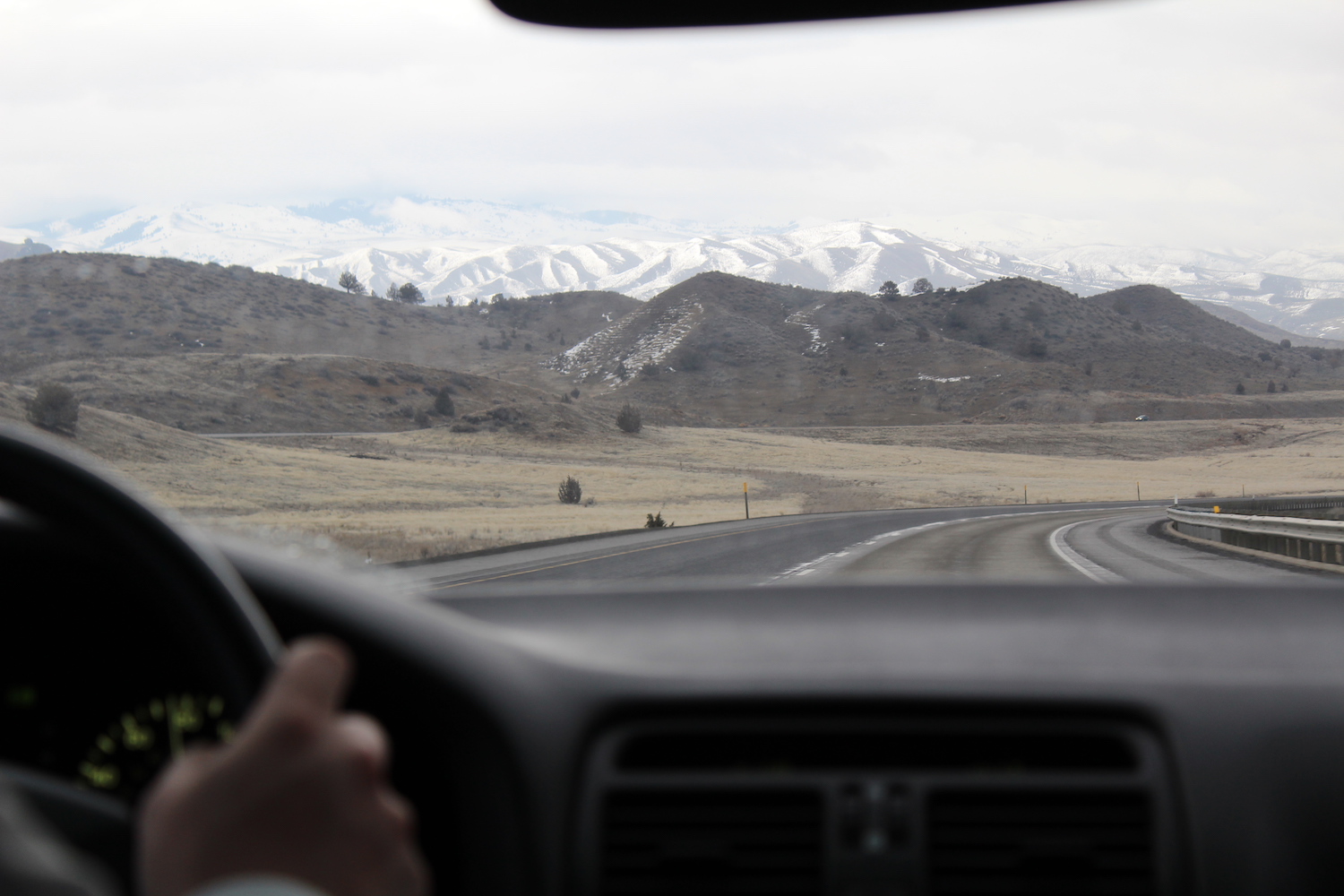
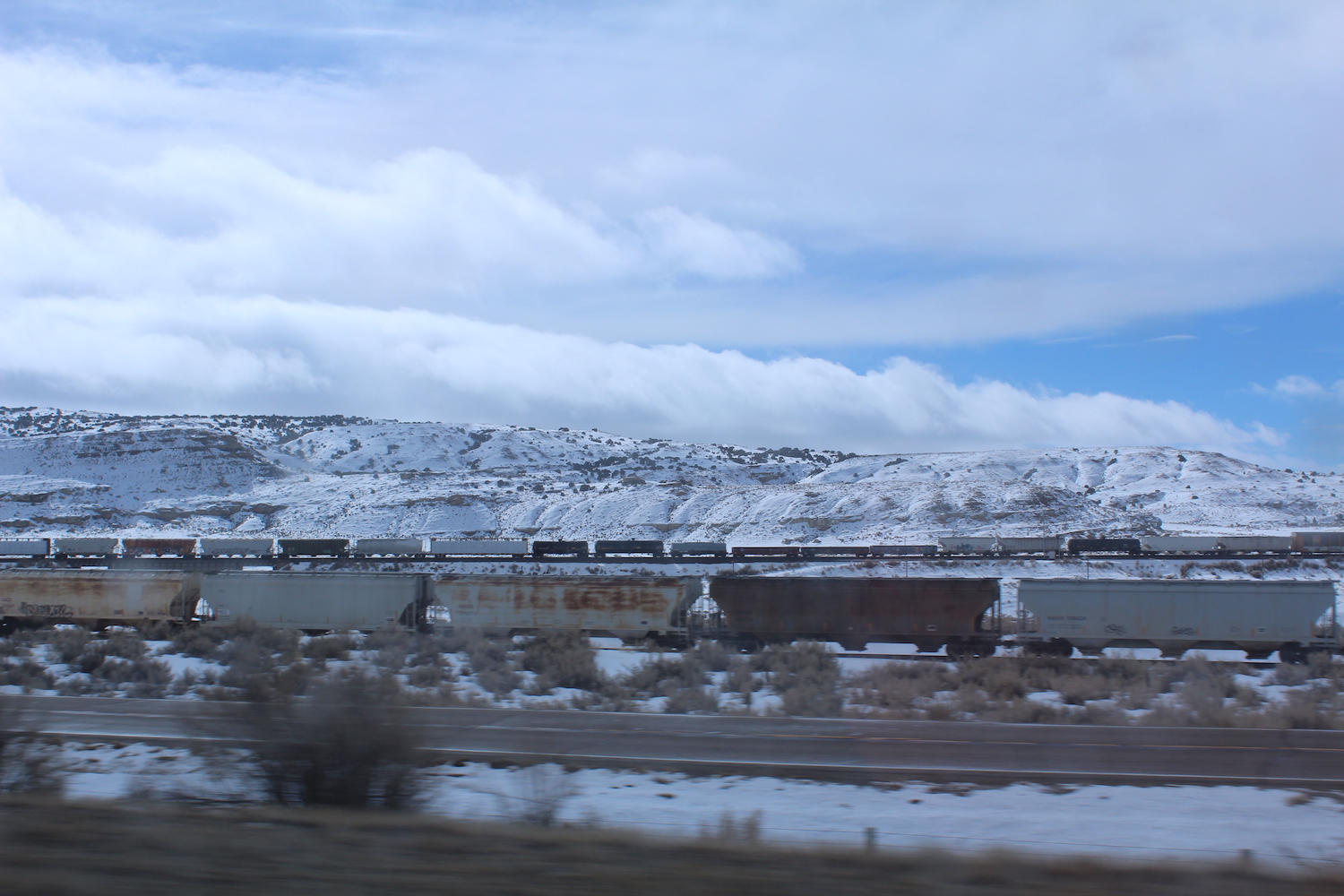
Day three spanned the cutting board-flat Midwest states of Iowa and Illinois. Nearly 10 hours of drivetime slid past, with stops only for fuel and food. As the cornfields slid silently past, I pondered what it must have been like for the engineers who had been tasked with the monumental goal of toppling a king, and the marques that had built the segment.
We arrived in Grand Rapids, Michigan, around dinner time. The LS had covered more than 2200 miles in just three days without a single hiccup, coddling our trio of stupidity in rich leather and a smooth ride the entire way.
Most LS400s on the road today carry starship mileage figures, but well-cared for examples are out there, and even high-mile ones are often in surprisingly good condition and can be found across the country for shockingly low prices.
Modern luxury cars are so laden with over-the-top features that real, tangible excellence gets obscured in clouds of cabin perfume and 53-way adjustable seats with more massage settings than the spa.
Over 2200 miles, I’d had a chance to taste a different kind of luxury. It was the type of luxury brought about by a product built to such exacting standards that, even two decades on, the experience is as familiar and as relaxing as the day it was revealed to the world.

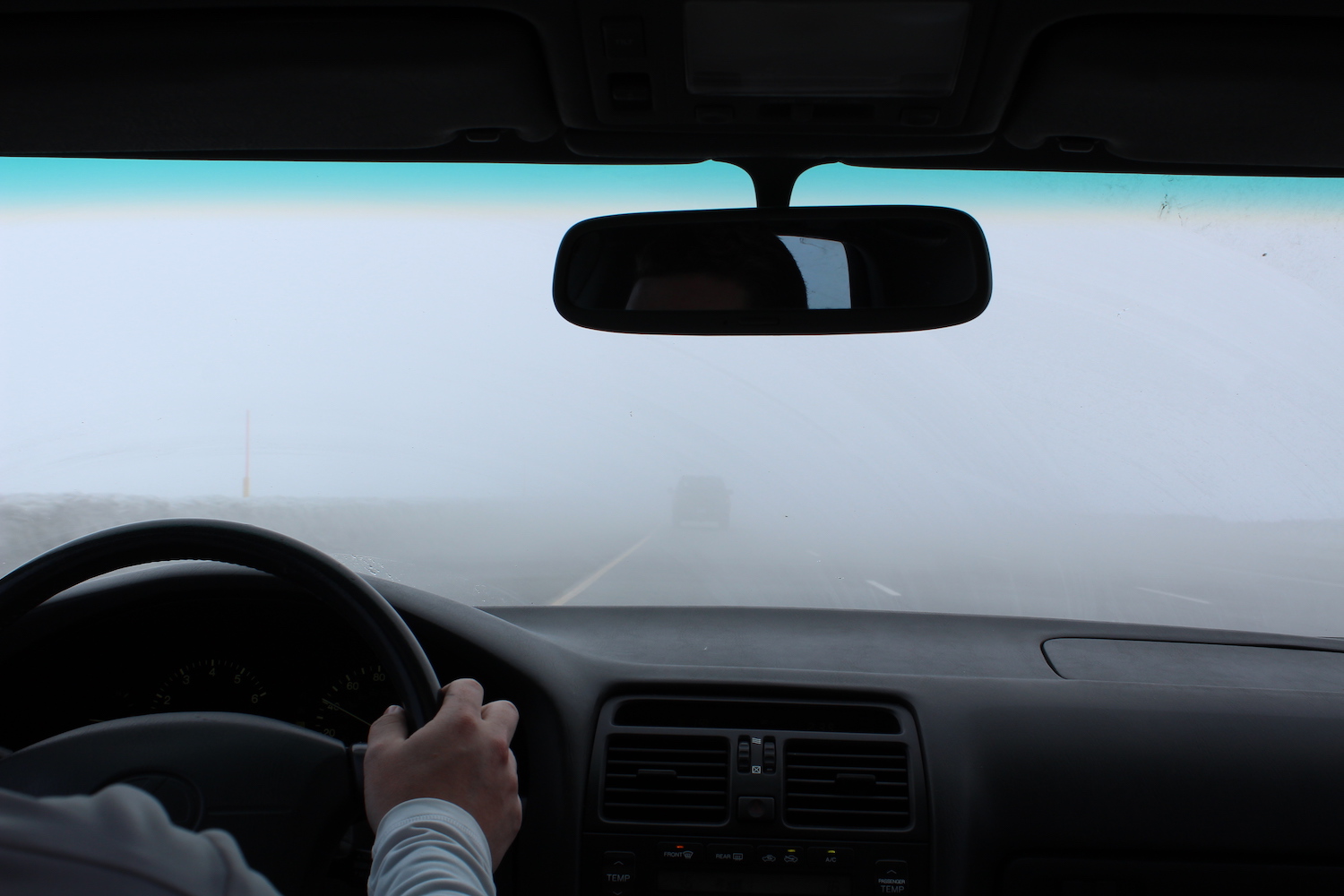
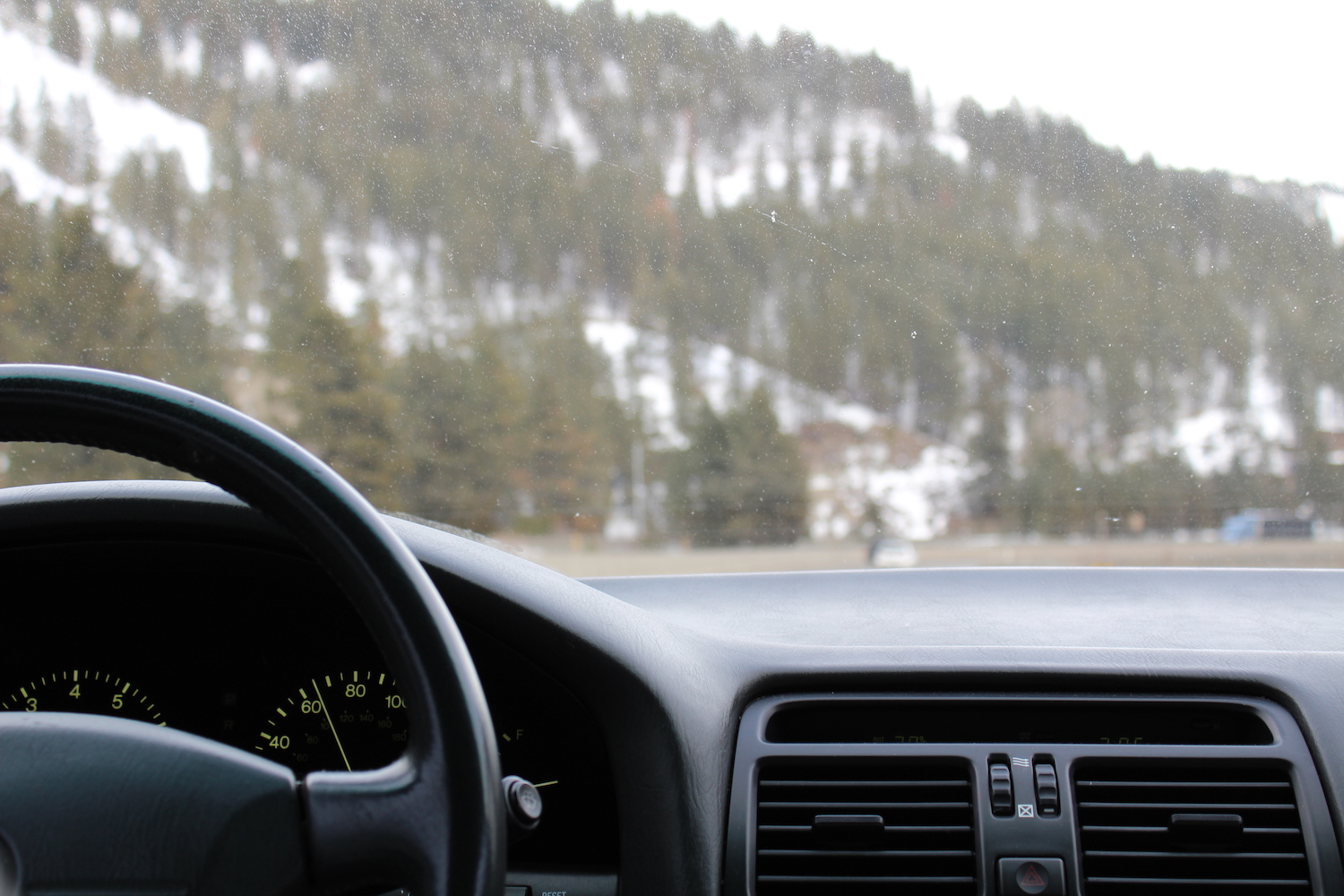
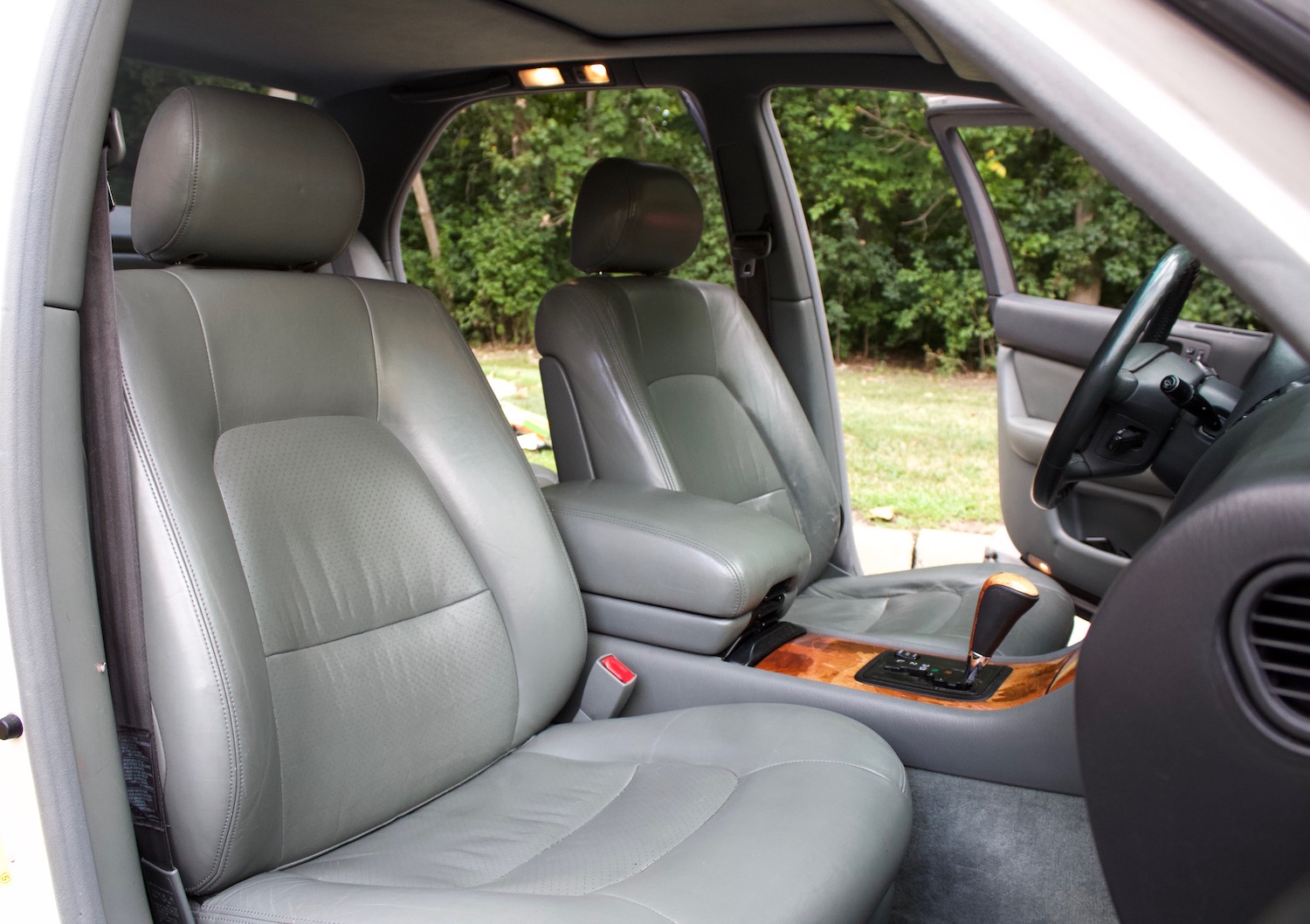
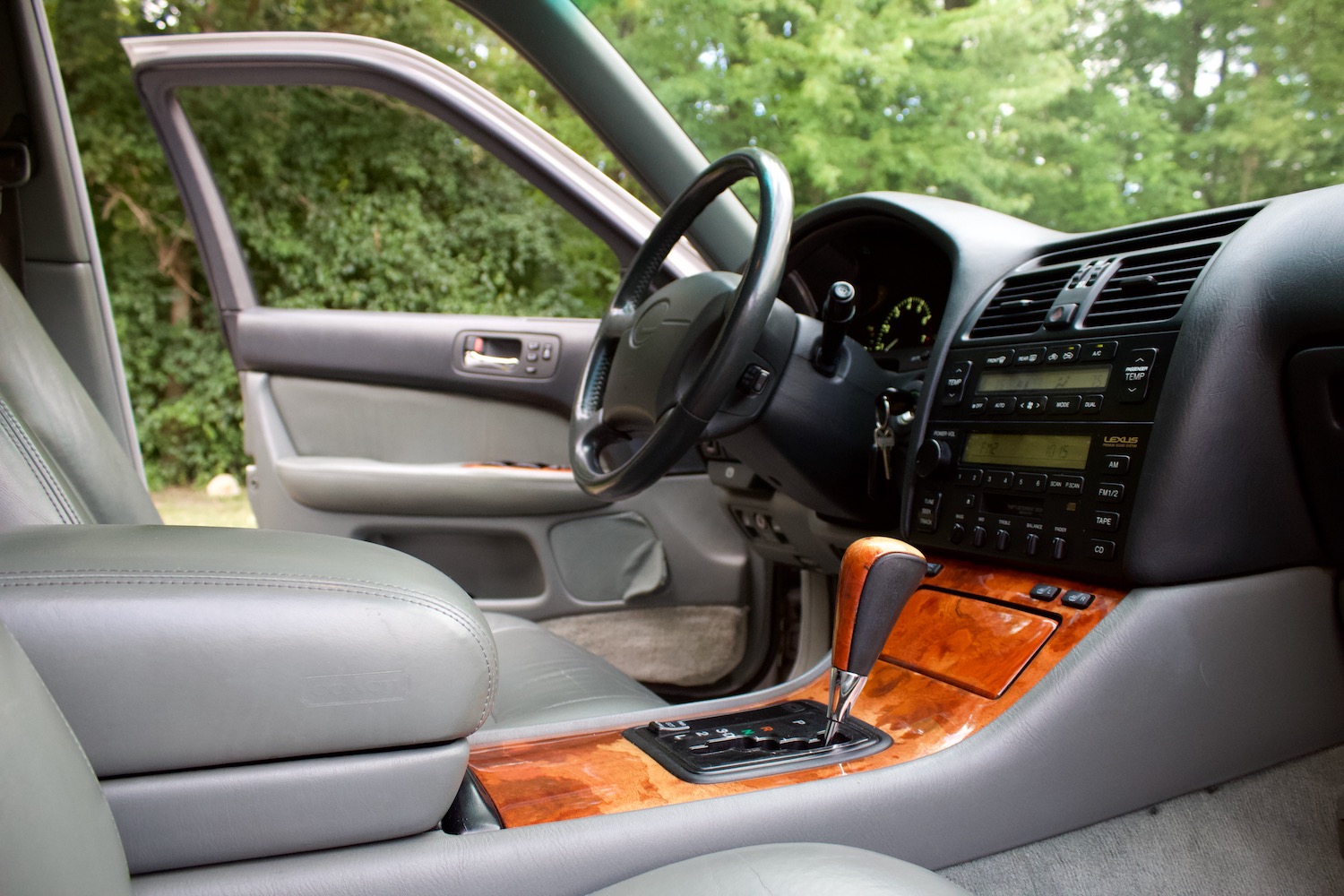
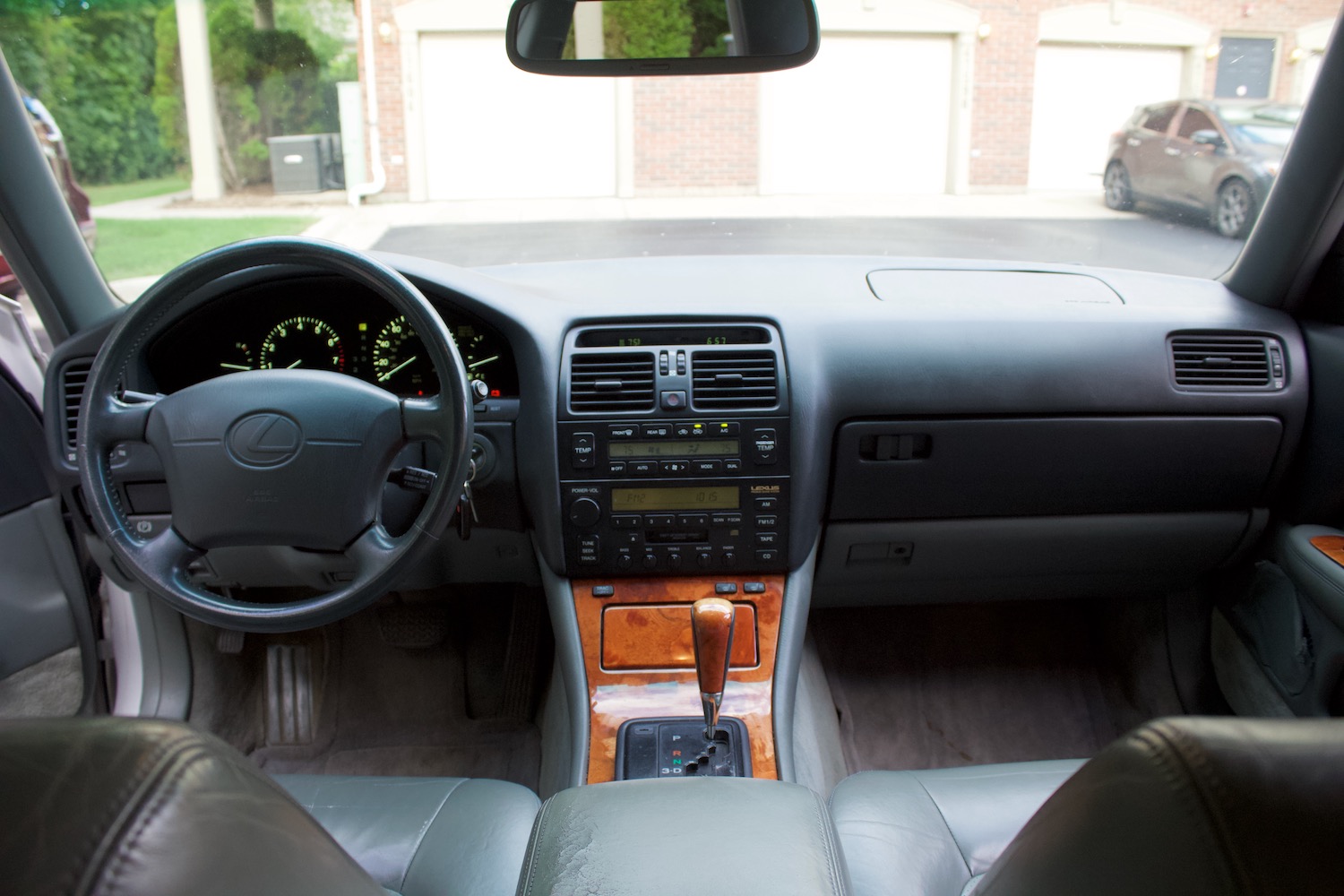
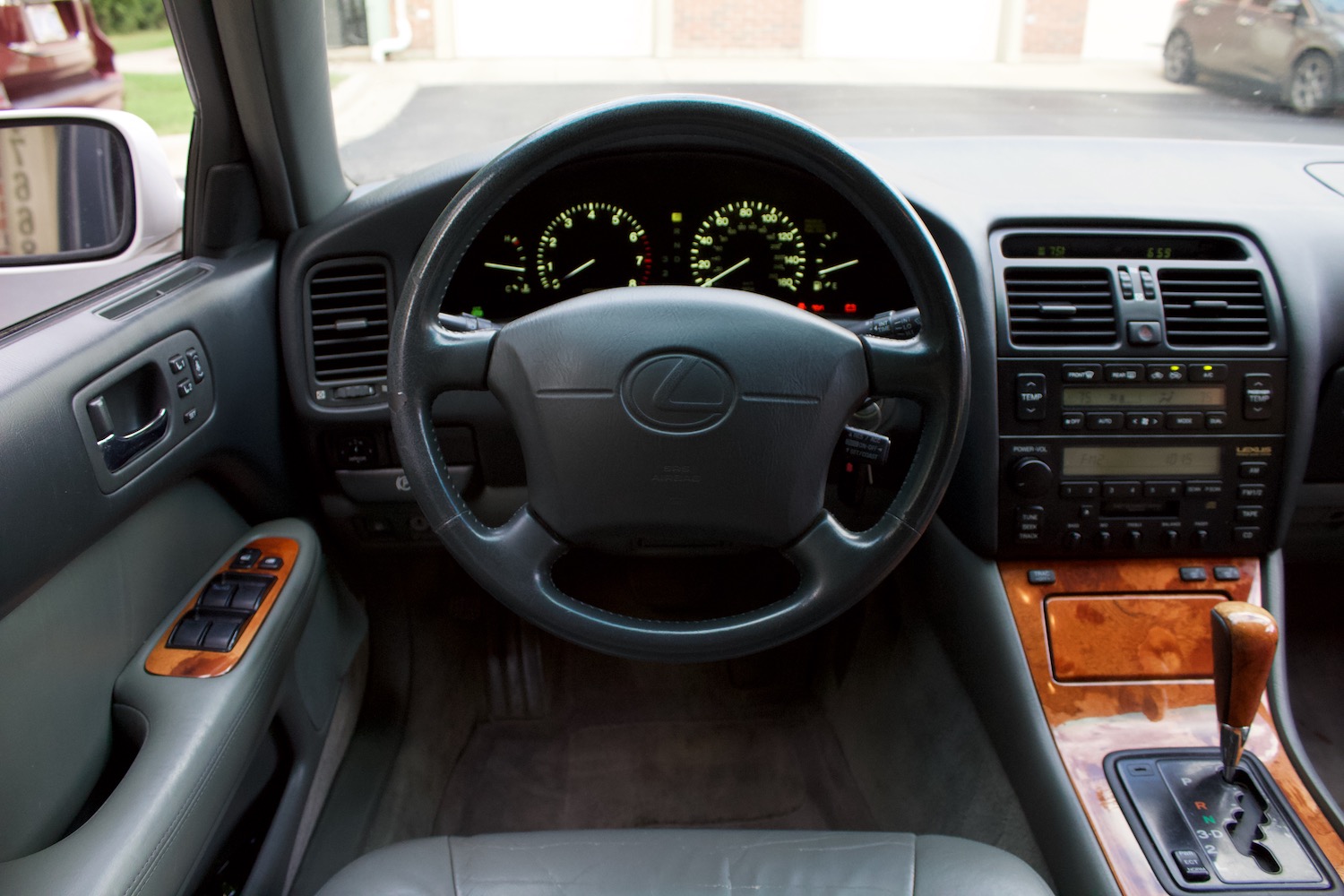

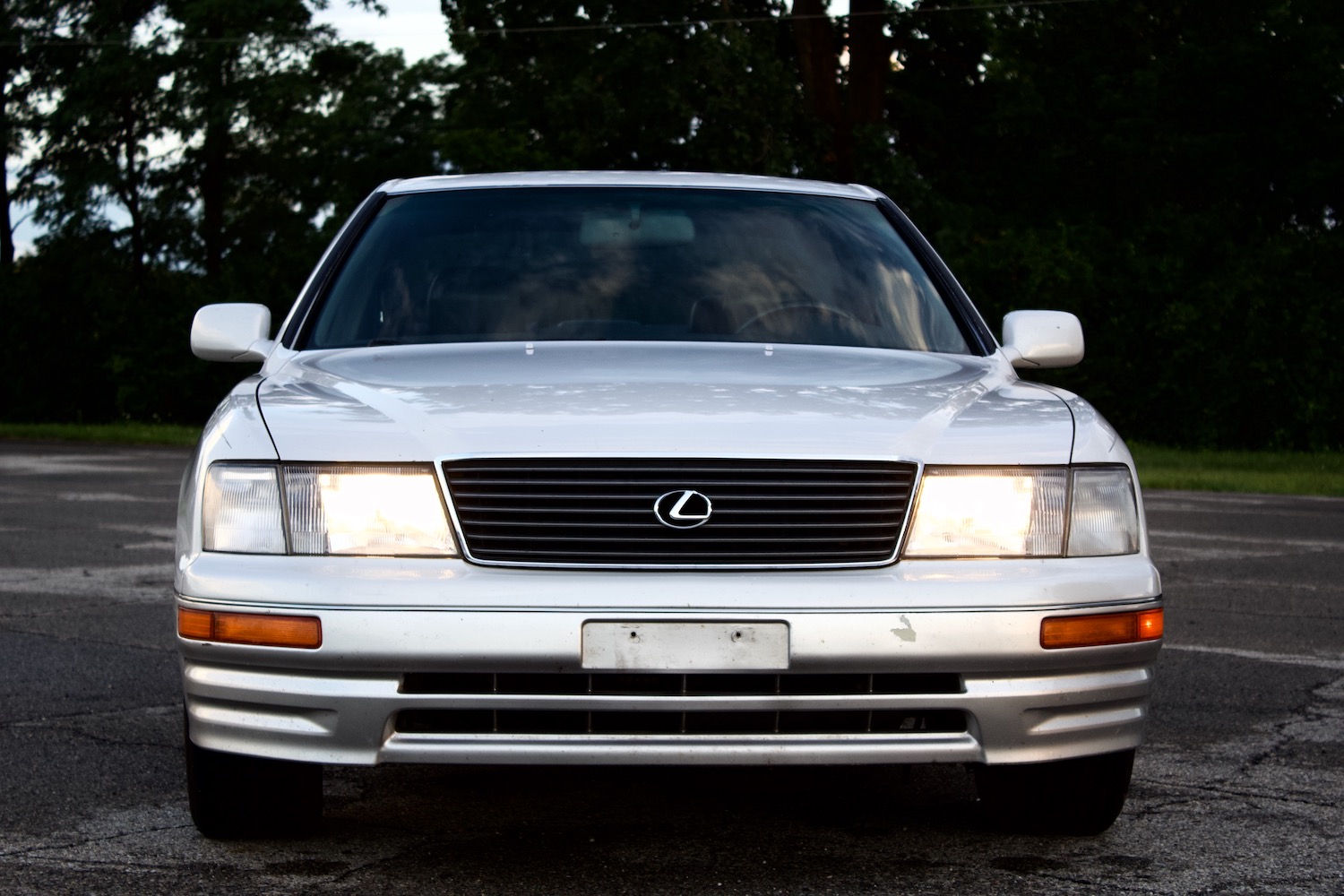
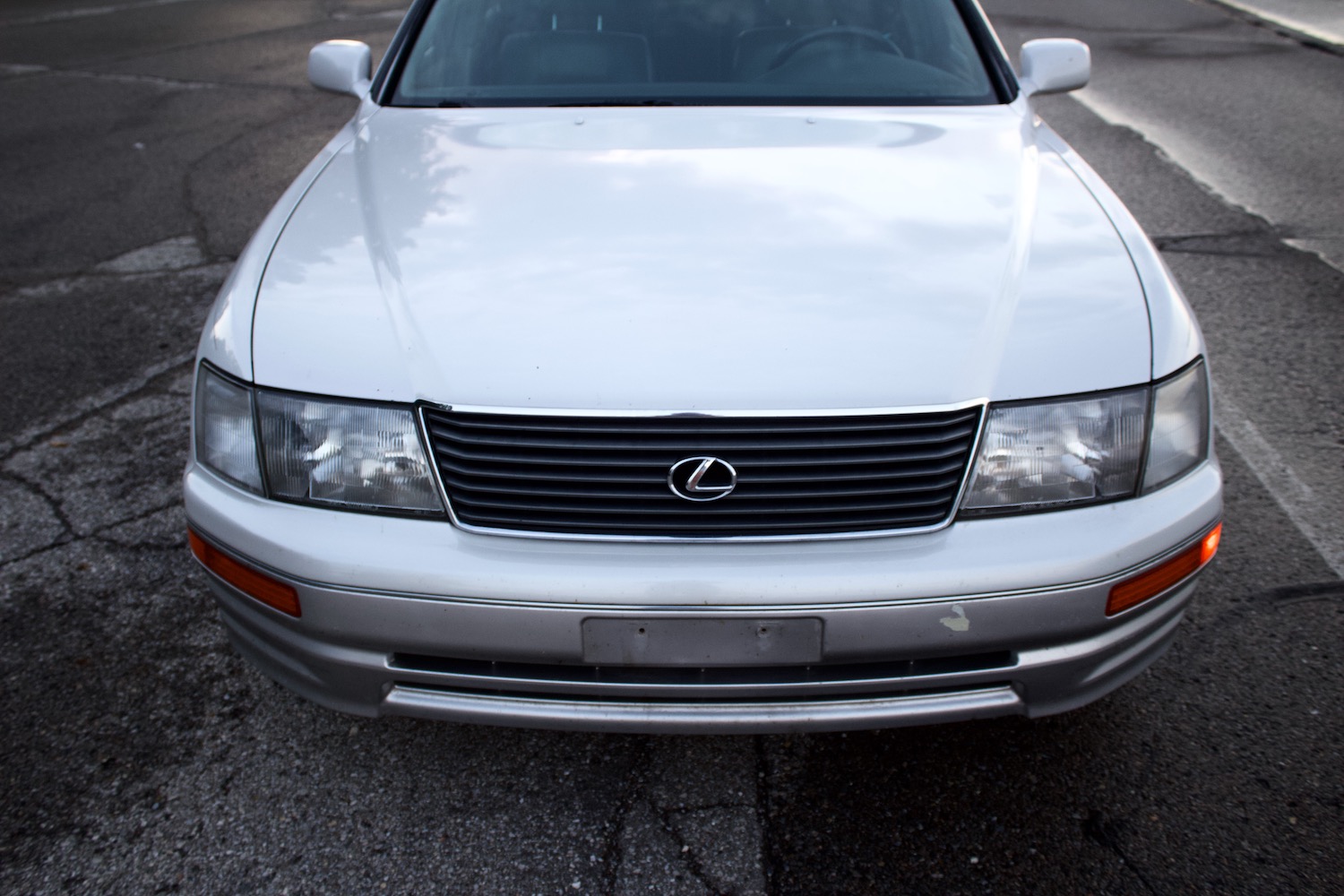
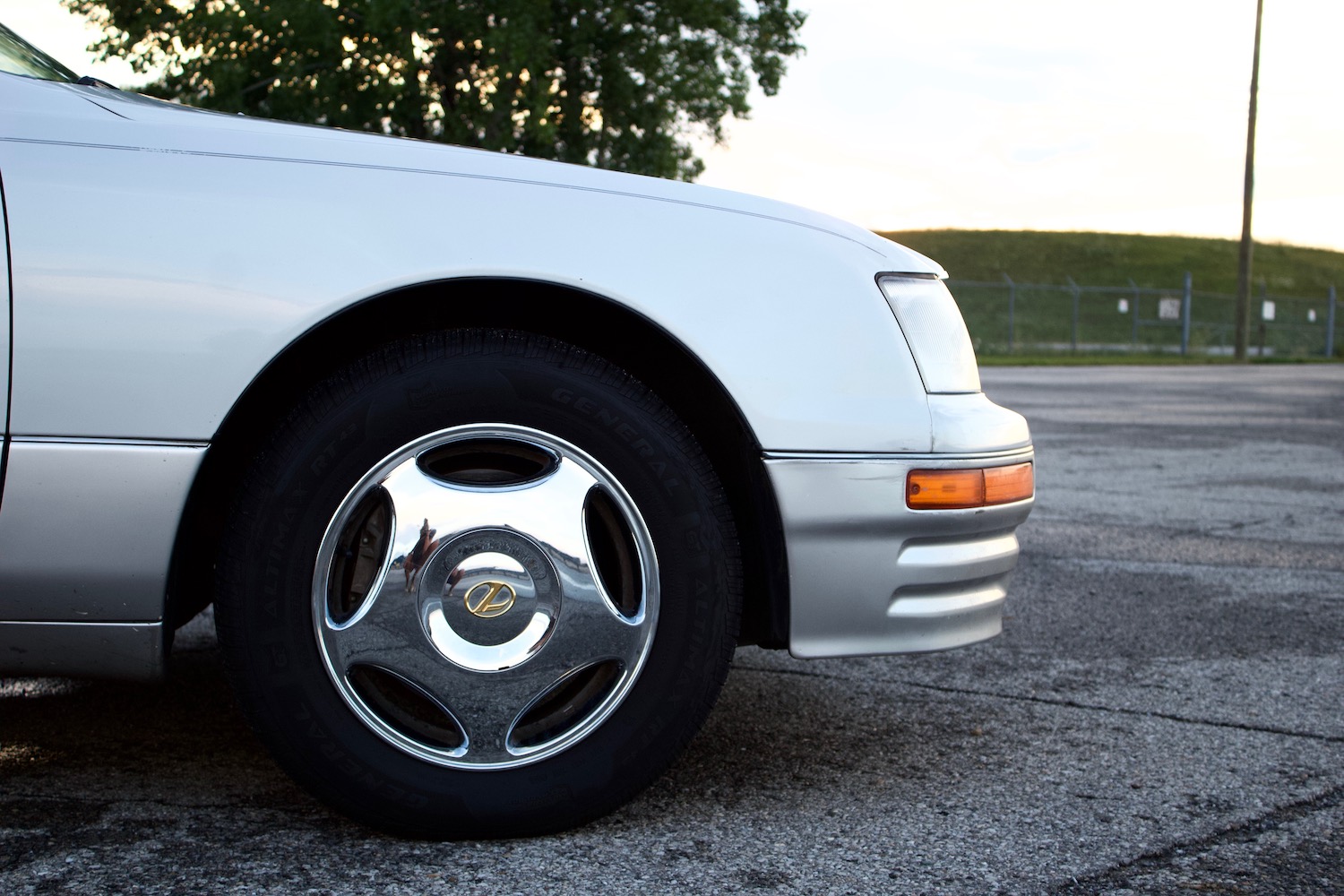
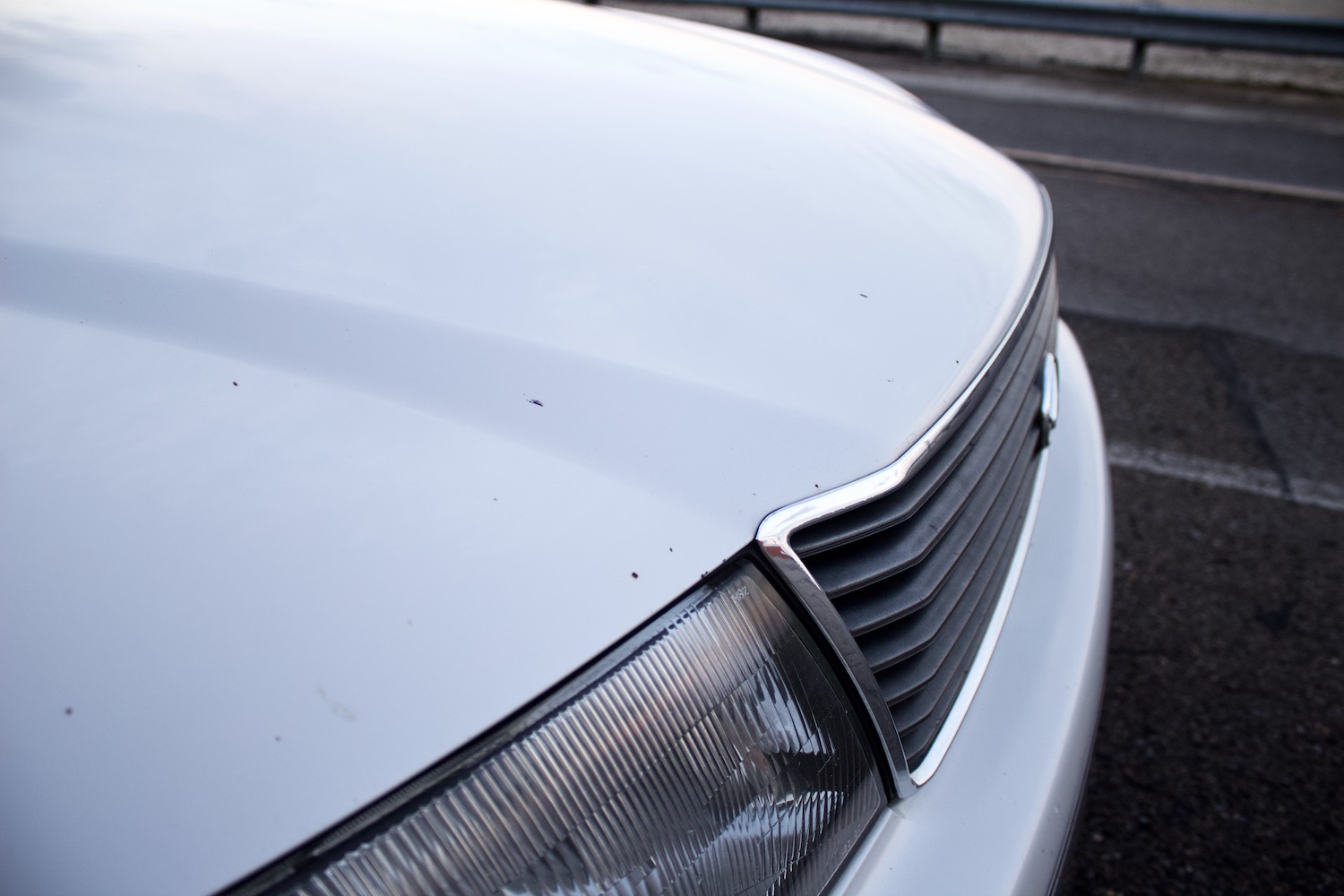
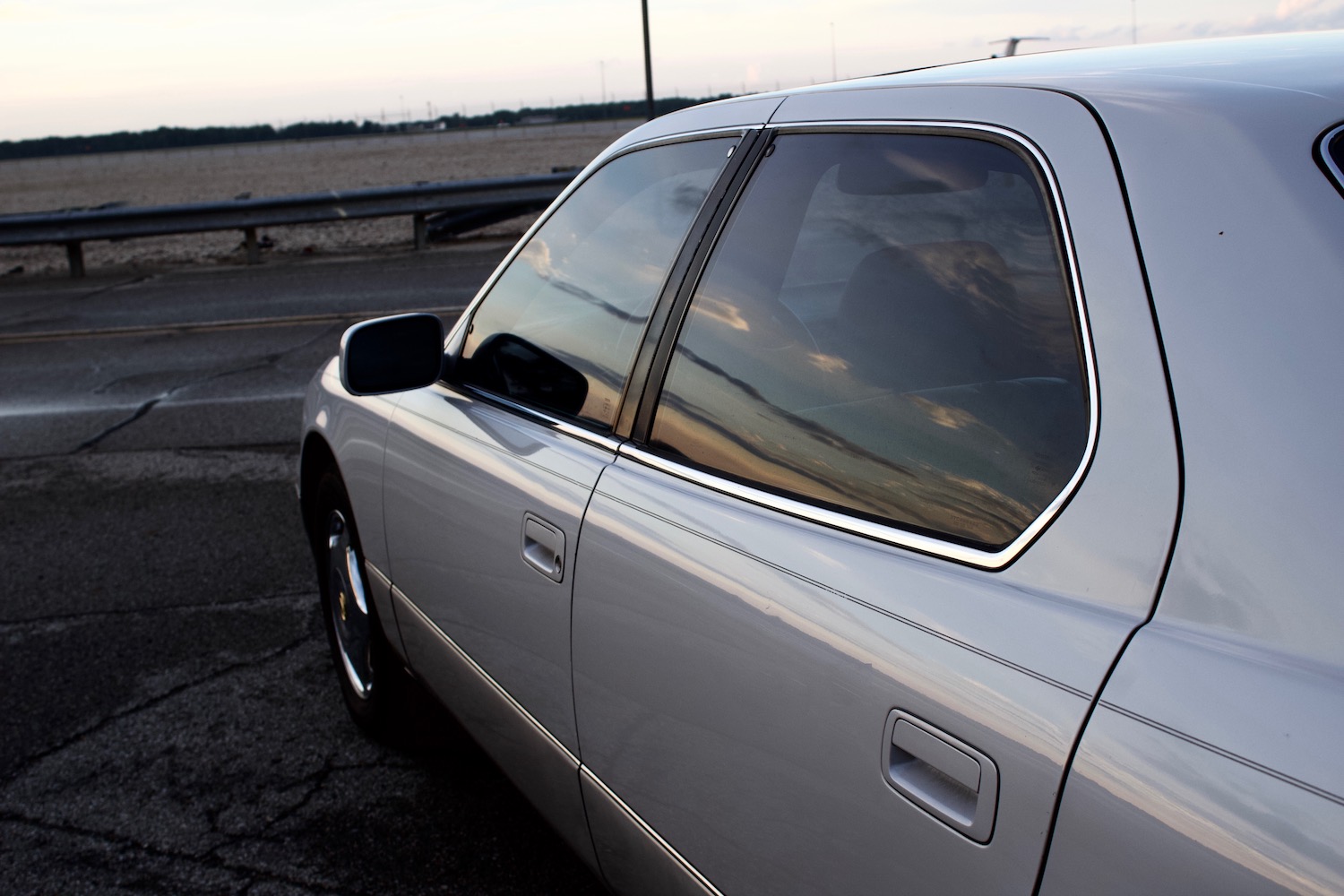
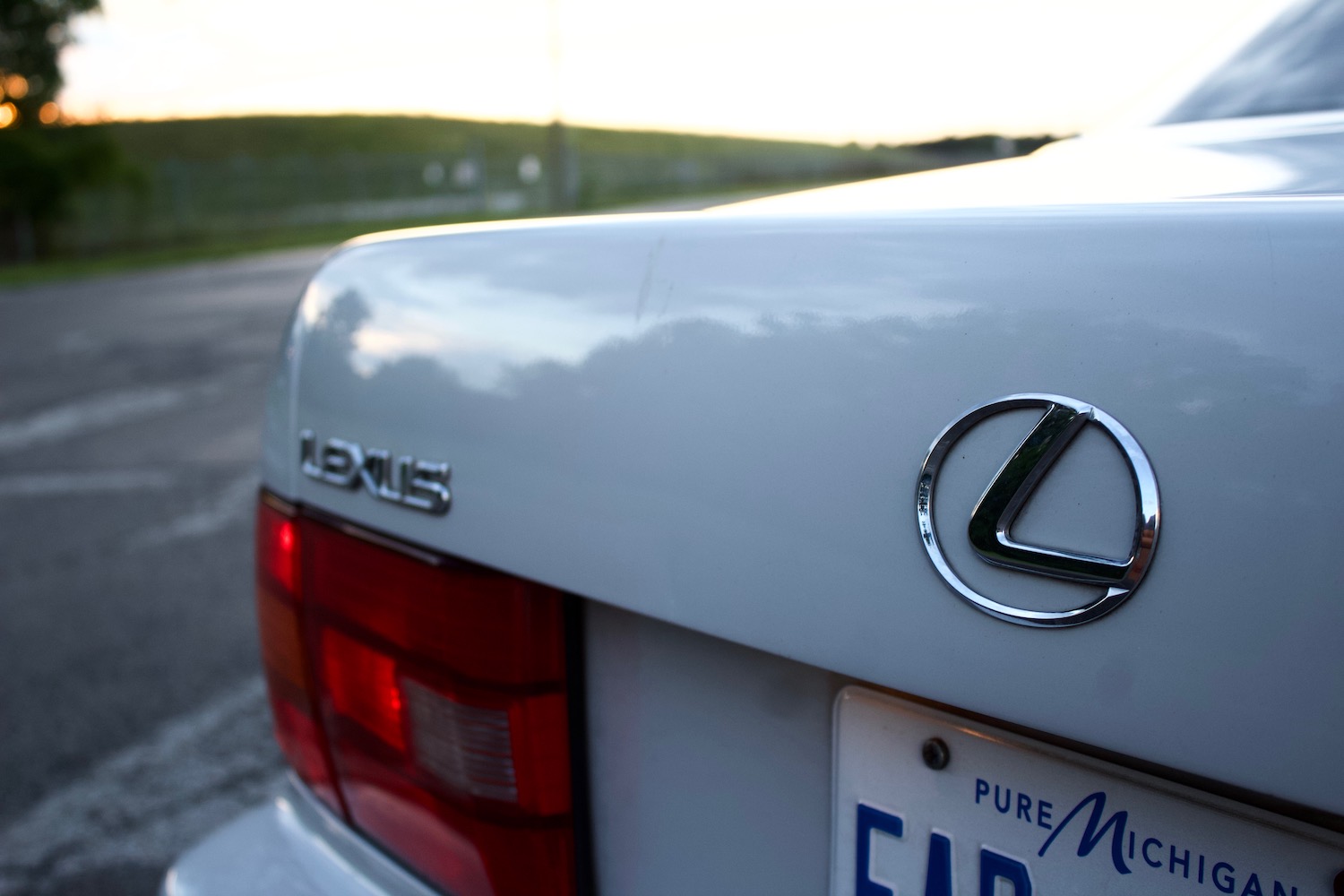
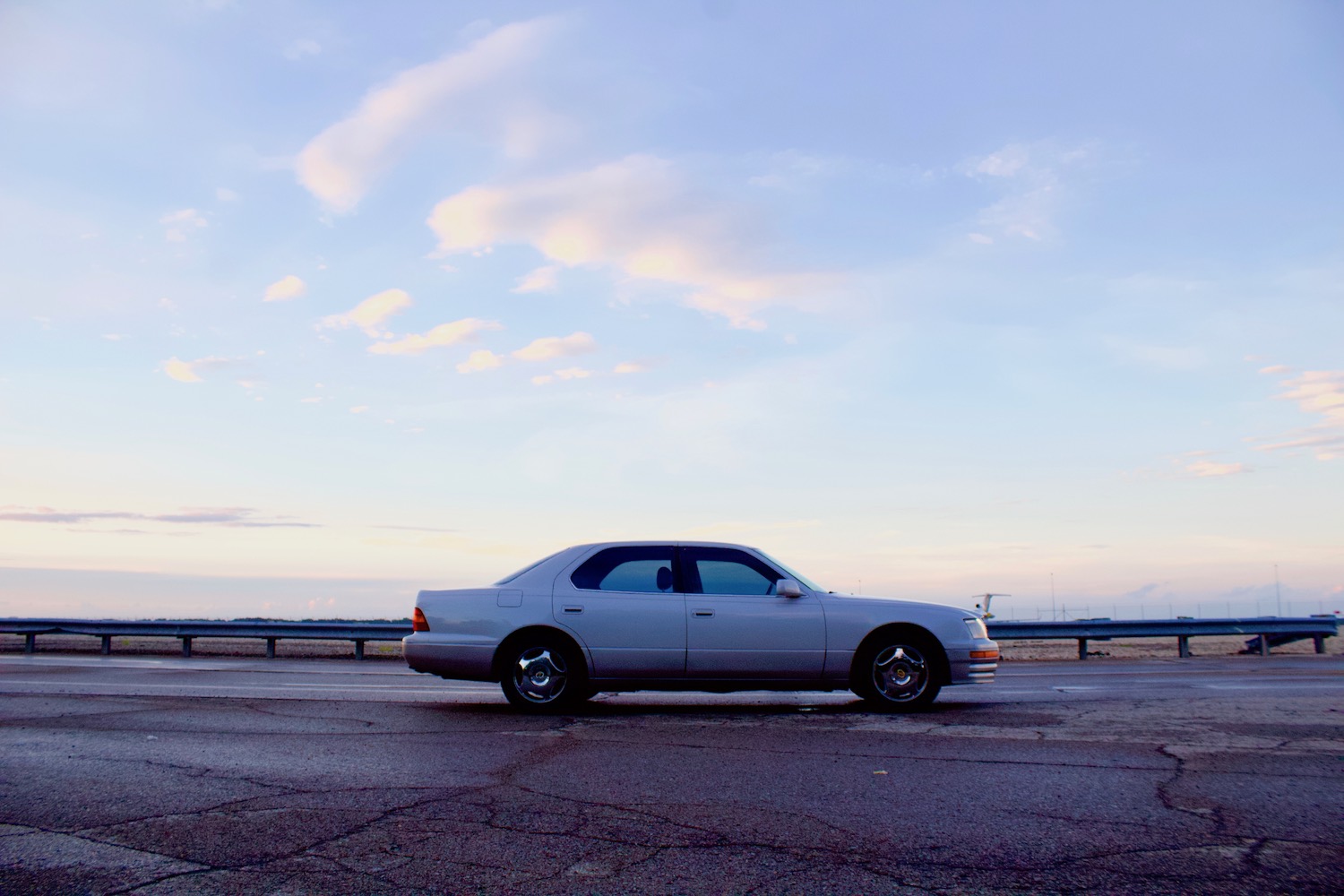


The LS 400 changed the luxury world for the better. Sadly today the LS is not what people want now, it’s an LX or GX SUV instead or an RX Crossover.